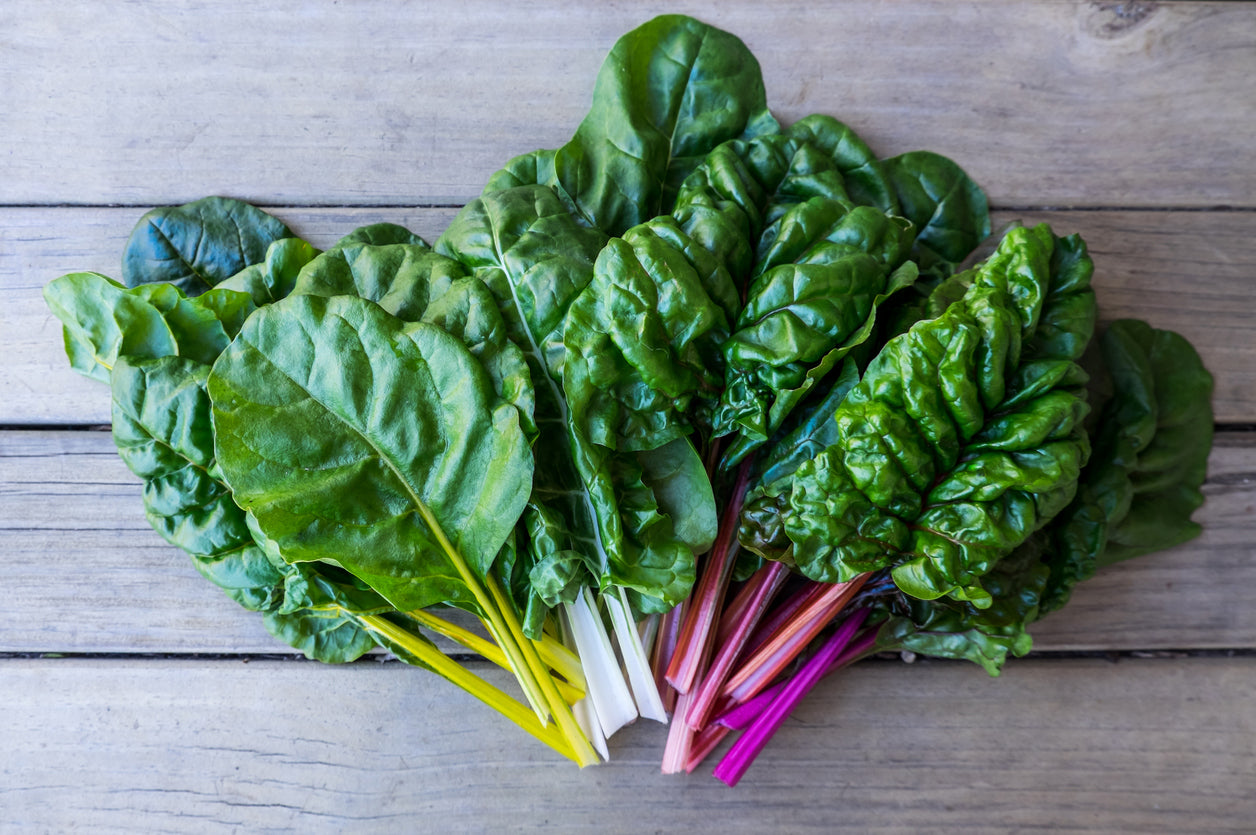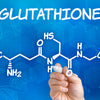“Super-charge” your health with Swiss chard

If you're not familiar with Swiss chard, likely, you will soon be. This leafy green is currently making a name for itself as a health-promoting "superfood." A member of the beet family, Swiss chard is botanically labeled as Beta vulgaris (the same name by which beets are known.) But, while beets are cultivated for their roots, Swiss chard - sometimes known as "leaf beet" - is valued for its leaves.
Providing an incredible amount of nutrition at a tiny caloric price, these leaves truly deserve to be valued. So let's take a closer look at what Swiss chard "brings to the table," and check out its various health benefits.
Swiss chard contains "next-level" quantities of immune system-boosting micronutrients
Swiss chard delivers the vitamins and minerals at a scanty 35 calories per cup of cooked leaves. For example, that single serving contains over half of the daily recommended intake for vitamin A, which is needed for immune health. Like all green leafy veggies, Swiss chard is also rich in beta-carotene, the yellow-orange antioxidant plant pigment responsible for the brilliant colors of carrots, pumpkins, and squash. (In case you're wondering: leafy greens don't appear yellow because their green chlorophyll - yet another beneficial compound – camouflages the pigment.)
The serving also contributes a respectable 3.3 grams of plant-based protein, along with 35 percent of the RDI for antioxidant vitamin C, 22 percent of the RDI for vitamin E, and 20 percent of iron. The fact that a single 35-calorie cup of Swiss chard leaves contains such major portions of the RDI for so many essential vitamins and minerals is truly extraordinary. It's not surprising that Swiss chard - which, by the way, originated in Sicily and not Switzerland - has a place of honor in the heart-healthy Mediterranean diet!
Stand strong with Swiss chard
If you are a woman of mature years (and even if you're not), it makes sense to be alert to the possibility of osteoporosis, an age-related condition in which bones become more brittle and more prone to fracture. According to the Centers for Disease Control, osteoporosis affects one out of every five women over 50, and many are unaware that they have it - that is, until they break a bone. A cup of Swiss chard is crammed with bone-building essential minerals, including a fifth of the RDI for potassium, a third of the RDI for magnesium, and close to 10 percent of the RDI for calcium.
But Swiss chard's real "ace in the hole" for bone health is its content of vitamin K, with one cup providing a massive 477 percent of the adult requirement for an entire day. While vitamin K was formerly thought of as only necessary for normal blood clotting, researchers have since learned that it is essential for the production of osteocalcin, a protein needed for the formation and maintenance of bones. (Note: If you take blood-thinning medications, discuss your dietary intake of vitamin K-rich foods with your integrative physician.) There's no doubt: Swiss chard's combination of vitamins and minerals makes it a definite "plus" for bone health.
Swiss chard provides multiple "gifts" for the heart
Swiss chard's "jackpot" of vitamins and minerals can pay big dividends for heart health. As we have seen, Swiss chard is high in potassium and magnesium, which help to regulate blood pressure. And vitamin K may help keep arteries healthy and clear by discouraging plaque deposits. In addition, experts report that vitexin, a flavonoid found in Swiss chard, may help protect against heart disease by lowering blood pressure, reducing inflammation, and inhibiting the formation of blood clots. And, like its close cousin, the beet, Swiss chard promotes the release of beneficial nitric acid, which relaxes and dilates blood vessels.
To top it off, Swiss chard contains a substantial four grams of fiber per cup. Fiber helps to reduce cholesterol production by the liver while facilitating the excretion of excess cholesterol before it hits the bloodstream. So, it's no accident that diets high in fiber have been shown to reduce the risk of heart disease. In one 2018 study published in Nutrients, every extra serving of leafy green vegetables per day was associated with an 11 percent drop in heart disease risk!
Versatile Swiss chard is easy to incorporate into your diet
Swiss chard - an eye-catching plant that it is sometimes grown ornamentally in gardens - has central stalks that can range in color from white to yellow, purple, pink, and red. However, these stalks (also known as "ribs") should be removed, as they contain most of the plant's bitter-tasting oxalic acid.
While many people enjoy Swiss chard raw in salads, you may prefer to boil it for a milder, sweeter taste. (Pro tip: If you are going to nibble uncooked Swiss chard, choose young and tender leaves).
Rinse chard thoroughly before using - but do this right before you prepare it to avoid wilting.
You can use flavorful Swiss chard as you would spinach. Steam it, boil it, or saute in olive oil with a little garlic. You can also use Swiss chard in frittatas and omelets, put it atop your pizza, simmer it in soups and stews and incorporate it in salsas and dips. Or, use it to elevate your favorite "green smoothie."
However you choose to use Swiss chard, it makes a sensational addition to your healthy diet.
Sources for this article include:






